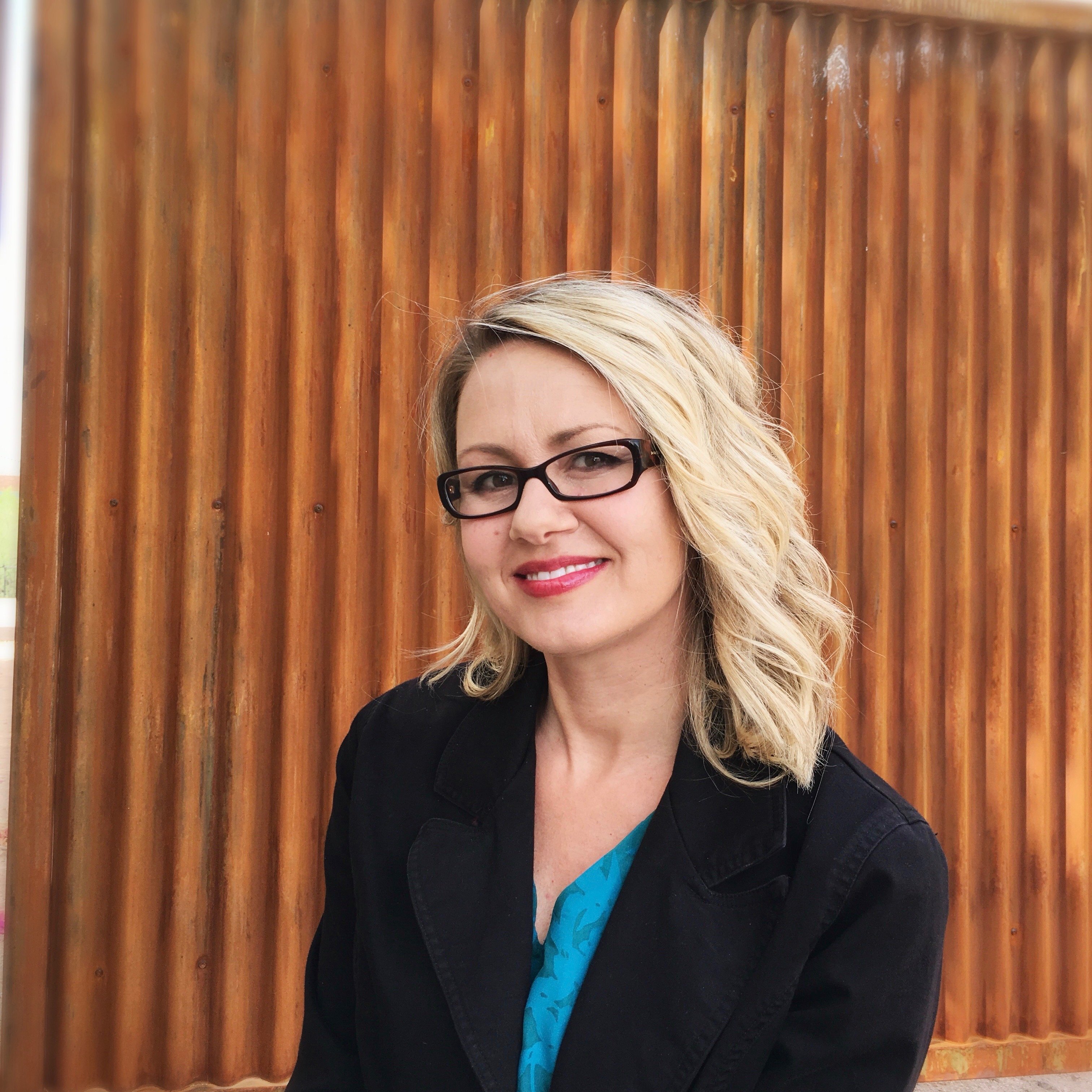Tucson 'Neighborhood Foresters' Keeping Streets Shaded, Promoting Green Infrastructure
The Arizona Daily Star recently reported about a group of volunteers who have been caring for the streets of Tucson for over two decades.
When Brad Lancaster started “reclaiming the dead space” around the street where he lived in 1996 by planting trees to create shaded walkways, he had no idea it would turn into an ongoing movement for forestry education, an annual tree-planting event, and an eco-friendly method for energy conservation by using natural shade.
The Dunbar/Spring neighborhood in University, which is home to the group, has since seen 1,500 native trees planted in the area. Lancaster and his crew of volunteers have offered their services to residents by recommending the best trees for shade, planting the trees for residents, and educating others on the importance of harvesting rainwater. The group has even worked with the city to install curb cuts, which allow rain runoff to flow into containers.
Mirroring the importance of natural shade, Phoenix has adopted a Tree and Shade Master Plan, utilizing trees as a natural way to cool the streets for pedestrians in the city.
Katie Gannon, program director for Trees for Tucson, says the community has also benefited from the wildlife attracted back to the area, slower traffic speeds, and keeping the neighborhoods cool. Placing importance on the value of trees, she said the neighborhood has become a “showcase.”

